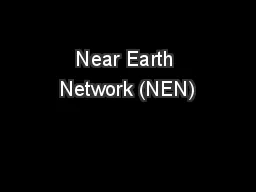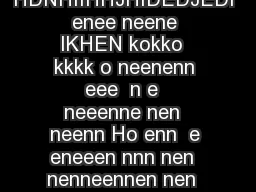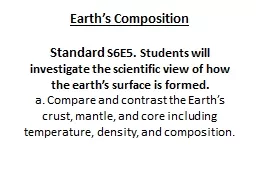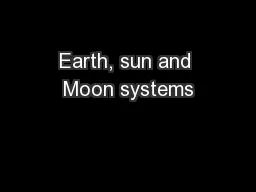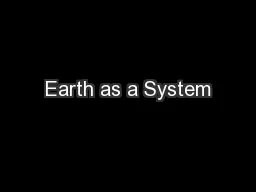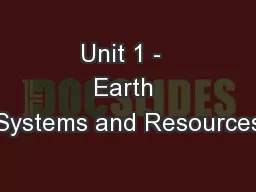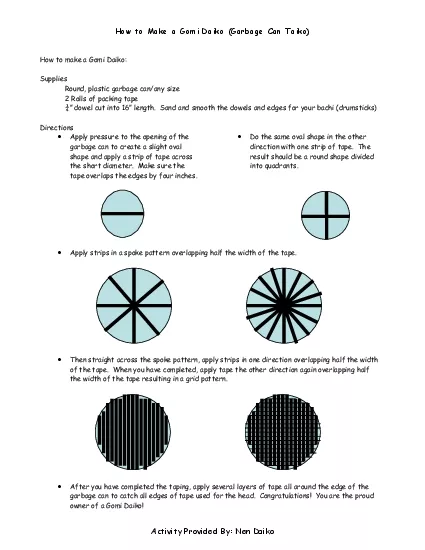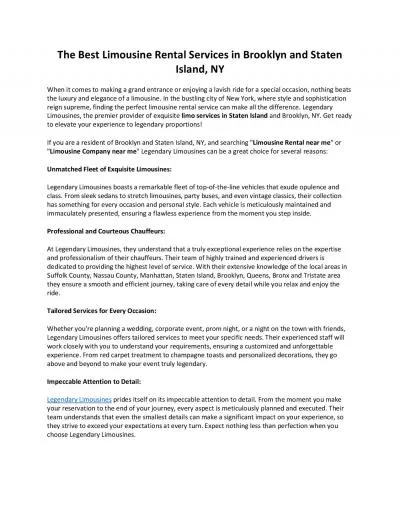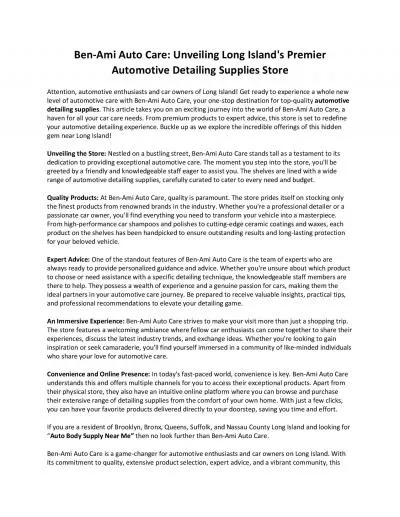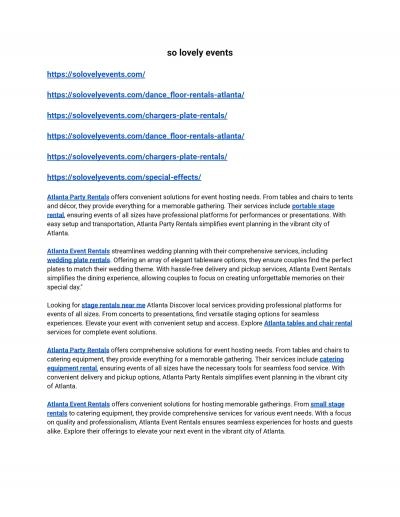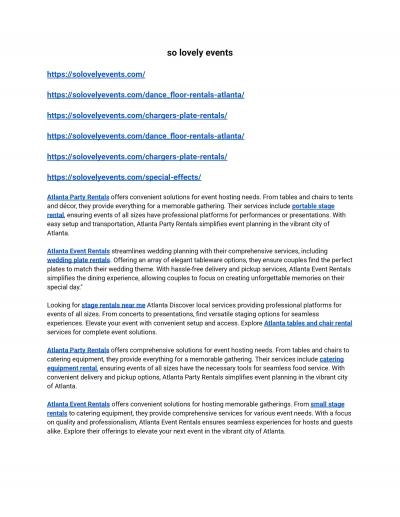PPT-Near Earth Network (NEN)
Author : debby-jeon | Published Date : 2020-04-08
CubeSat Communications Scott Schaire January 2017 The SeaHawk CubeSat is scheduled to launch in 2017 It is a proof of concept to demonstrate capability to construct
Presentation Embed Code
Download Presentation
Download Presentation The PPT/PDF document " Near Earth Network (NEN)" is the property of its rightful owner. Permission is granted to download and print the materials on this website for personal, non-commercial use only, and to display it on your personal computer provided you do not modify the materials and that you retain all copyright notices contained in the materials. By downloading content from our website, you accept the terms of this agreement.
Near Earth Network (NEN): Transcript
Download Rules Of Document
" Near Earth Network (NEN)"The content belongs to its owner. You may download and print it for personal use, without modification, and keep all copyright notices. By downloading, you agree to these terms.
Related Documents

